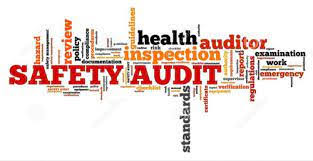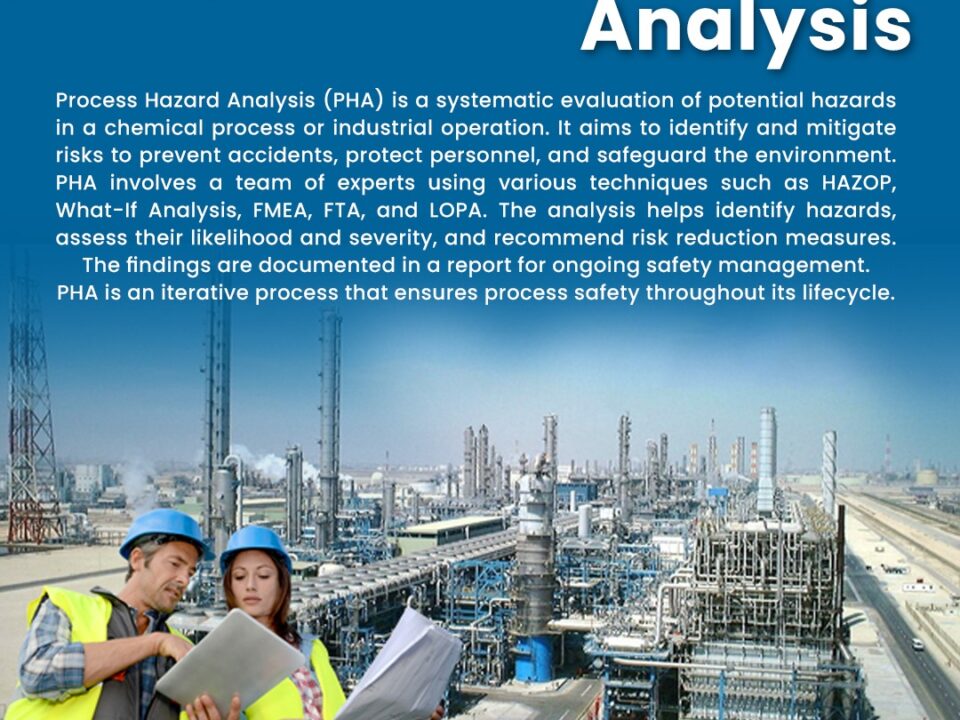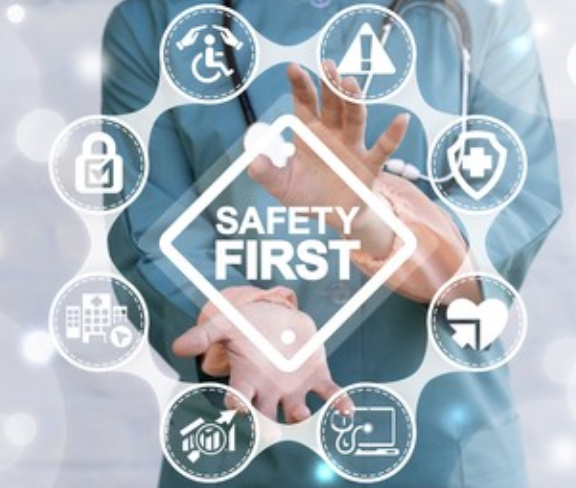Traffic Control and Road Work Safety: Protecting Workers from Vehicle Accidents – The Safety Master

Storage and Safe Handling of HSD and Furnace Oil
February 12, 2024
Hydrofluoric Acid: Understanding the Dangers and Safe Handling Procedures – The Safety Master
February 13, 2024Introduction
Traffic control and road work safety are paramount to protecting the lives of workers on construction sites. As the backbone of transportation infrastructure, roads require maintenance and upgrades, which often involve the presence of road workers in hazardous environments. In this article, we’ll delve into the critical importance of traffic control and safety measures for road work, focusing particularly on mitigating the risks associated with vehicle accidents.
Importance of Traffic Control and Road Work Safety
Road work zones are inherently dangerous environments due to the mix of heavy machinery, moving vehicles, and workers on foot. Without proper traffic control measures in place, the risk of accidents skyrockets, posing a threat not only to workers but also to motorists and pedestrians. Implementing robust safety protocols is essential to ensure everyone’s well-being on and around construction sites.
Understanding Traffic Control
What is Traffic Control?
Traffic control involves regulating the flow of vehicles, pedestrians, and equipment in and around construction areas to maintain safety and efficiency. It encompasses various strategies, including signage, flagging, barricades, and lane closures, aimed at directing traffic away from hazards and ensuring a smooth flow of vehicles.
Importance of Traffic Control in Road Work
In road work scenarios, traffic control is crucial for delineating work zones, guiding motorists safely through construction areas, and alerting drivers to potential dangers ahead. Without effective traffic control measures, chaos can ensue, leading to accidents, delays, and even fatalities.
Common Hazards Faced by Road Workers
Road workers face numerous hazards daily, with vehicle accidents being one of the most significant risks.
Vehicle Accidents
One of the primary dangers encountered by road workers is the risk of being struck by passing vehicles. Despite cautionary measures, such as speed limits and warning signs, distracted or reckless drivers pose a constant threat to the safety of workers on the job.
Falling Objects
Construction sites are rife with falling debris and equipment, putting workers at risk of serious injury or fatality if proper precautions aren’t taken to secure materials and equipment overhead.
Slips, Trips, and Falls
Uneven terrain, slippery surfaces, and cluttered work areas increase the likelihood of slips, trips, and falls among road workers, leading to injuries ranging from sprains to fractures.
Safety Measures for Road Work
To mitigate the risks associated with road work, implementing comprehensive safety measures is imperative.
Personal Protective Equipment (PPE)
Providing workers with appropriate PPE, such as hard hats, safety vests, and steel-toed boots, is essential for safeguarding against potential hazards on construction sites.
High-Visibility Clothing
Wearing high-visibility clothing significantly enhances workers’ visibility, making them more conspicuous to motorists and reducing the likelihood of accidents.
Training and Awareness Programs
Regular training sessions and safety briefings ensure that workers are well-informed about potential hazards and equipped with the knowledge to respond effectively in emergencies.
Proper Signage
Clear and concise signage, including warning signs, speed limits, and directional indicators, helps drivers navigate through construction zones safely and minimizes the risk of accidents.
Best Practices for Traffic Control
Adhering to best practices in traffic control is essential for maintaining safety and efficiency on construction sites.
Establishing Work Zones
Clearly defining work zones with barricades, cones, and delineators helps channel traffic away from hazardous areas and provides a safe space for workers to perform their tasks.
Use of Traffic Control Devices
Deploying traffic control devices such as flashing lights, flaggers, and temporary traffic signals helps regulate the flow of vehicles and ensures compliance with safety protocols.
Communication Between Workers and Drivers
Maintaining open communication channels between workers and drivers allows for timely updates on changing road conditions and helps prevent accidents resulting from misinterpretation or confusion.
Technological Advancements in Road Safety
Advancements in technology have revolutionized road safety practices, offering innovative solutions to enhance worker protection and streamline traffic management.
Automated Flagging Systems
Automated flagging systems replace manual flaggers with robotic devices equipped with lights and signage, reducing the risk of human error and improving overall safety in work zones.
Portable Rumble Strips
Portable rumble strips create audible and tactile warnings for drivers approaching work zones, alerting them to slow down and proceed with caution, thereby reducing the likelihood of rear-end collisions.
Case Studies on Successful Implementations
Examining real-world examples sheds light on effective strategies for ensuring road work safety.
City X’s Approach
City X implemented a comprehensive traffic management plan that included regular inspections, enhanced signage, and public awareness campaigns, resulting in a significant reduction in accidents and injuries among road workers.
Company Y’s Experience
Company Y introduced wearable technology embedded with proximity sensors, enabling workers to receive real-time alerts about approaching vehicles, thereby minimizing the risk of accidents and improving overall safety on construction sites.
Conclusion
Prioritizing traffic control and road work safety is imperative to protect the lives of workers and motorists alike. By implementing robust safety measures, adhering to best practices in traffic control, and leveraging technological advancements, we can create safer environments for everyone on and around construction sites.




